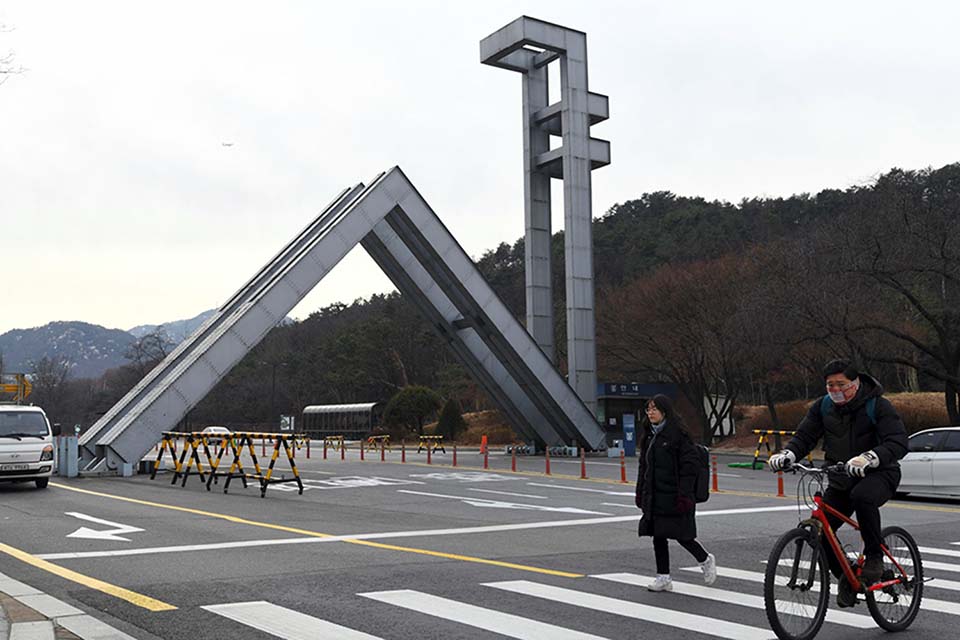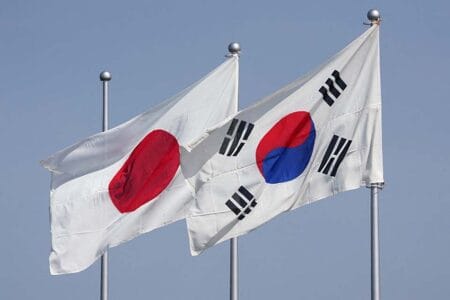July 10, 2025
SEOUL – At Seoul National University, long regarded as the pinnacle of South Korea’s higher education system, an unsettling pattern has emerged. Over the past four years, 56 professors have left for academic posts overseas, a quiet but steady migration to institutions offering not only higher salaries but also more generous research funding and fewer bureaucratic hurdles.
The symbolism is hard to miss: Even South Korea’s most prestigious university struggles to retain talent in an era when intellectual capital moves easily across borders.
The numbers point to a deeper problem. Most of the departing professors headed to the United States, with others choosing academic positions in Hong Kong, Singapore and elsewhere. The exodus isn’t limited to Seoul National University. The nation’s top science and technology institutes — KAIST, GIST, DGIST and UNIST — have lost 119 professors over the same period. While some scholars moved to vacancies at Seoul National University, many others left the country altogether.
The causes aren’t new, nor are they difficult to diagnose. South Korean universities have long been constrained by structural barriers that leave them uncompetitive in the global academic market. Faculty pay, tied to rigid seniority-based systems and frozen tuition rates, has remained stagnant for more than a decade. The government’s policy of keeping tuition low (once seen as a way to expand access) has instead restricted resources for institutions struggling to retain their best staff.
Abroad, professors can earn three to four times more, but the draw isn’t purely financial. Top universities overseas offer superior research facilities, larger budgets and streamlined administrations. These advantages are especially significant for scholars pursuing cutting-edge work in fields like artificial intelligence, semiconductors, biotechnology and economics.
But this brain drain is about more than money. It points to a deeper institutional flaw. Political interference, particularly in setting research agendas and allocating funding, undermines academic autonomy. In South Korea, government transitions often bring abrupt shifts in research priorities and personnel, making long-term planning difficult. Professors have long voiced frustration with this volatile environment, which leaves little room for independent scholarship.
The loss of academic talent is becoming self-perpetuating. Professors at regional institutions leave for Seoul; those at Seoul National University increasingly look overseas. The resulting vacuum weakens not only individual universities but also the broader academic ecosystem underpinning the country’s research and innovation.
The consequences are serious. As faculty exit, research capacity diminishes, graduate programs decline and national competitiveness suffers. International rankings already show South Korean universities slipping, with only a few maintaining a presence among the world’s elite. The long-term risk is that South Korea could fall behind in critical fields vital for economic growth and national security.
Yet the government’s response appears out of step with the scale of the problem. President Lee Jae Myung’s pledge to “create 10 Seoul National Universities” by elevating nine regional universities may misread the crisis. Adding more institutions does little to address the core issue: Retaining and attracting world-class talent. Without serious reform, even Seoul National University may struggle to maintain its standing.
What’s needed isn’t lofty slogans but structural change. Performance-based pay, already under discussion at Seoul National University, is a start, but not enough. Broader reforms must include competitive salaries, greater research autonomy and less political micromanagement.
Efforts to support weaker institutions should avoid a one-size-fits-all approach. Targeted, merit-based investments offer a more effective, sustainable path.
Above all, South Korea must rethink how it values academic work. In an era when AI and advanced technologies drive global competition, retaining and attracting researchers is a matter of national strategy.
The goal should not merely be to stem the brain drain but to build an academic ecosystem that draws homegrown talent back — and invites the world’s best to come.







